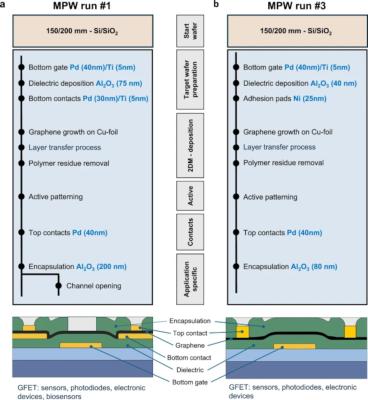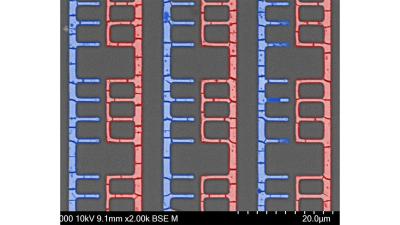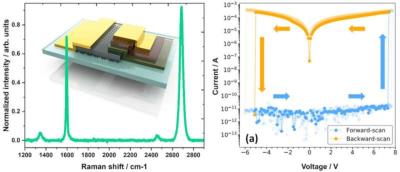Paragraf and University of Cambridge awarded Innovate UK grant for graphene memory device project
Paragraf, the UK-based company pioneering the mass production of graphene-based electronics with standard semiconductor processes, has been awarded a grant of £419,419 (around USD$520,000) from Innovate UK for the purpose of producing a proof-of-concept prototype of a novel semiconductor memory technology using a new class of ferroelectric materials complemented with graphene on a silicon platform.
The joint grant will also see Prof. Judith Driscoll’s research group at the University of Cambridge’s Department of Materials Science and Metallurgy receive £299,198 to develop processes for depositing ferroelectric materials on top of Paragraf’s transfer-free graphene in order to produce novel memory devices, including a graphene-ferroelectric field effect transistor (G-FeFET). This is expected to lead to power savings of an order of magnitude relative to existing memory device technology, which is key to saving power in data centres and consumer devices to support the AI revolution.




